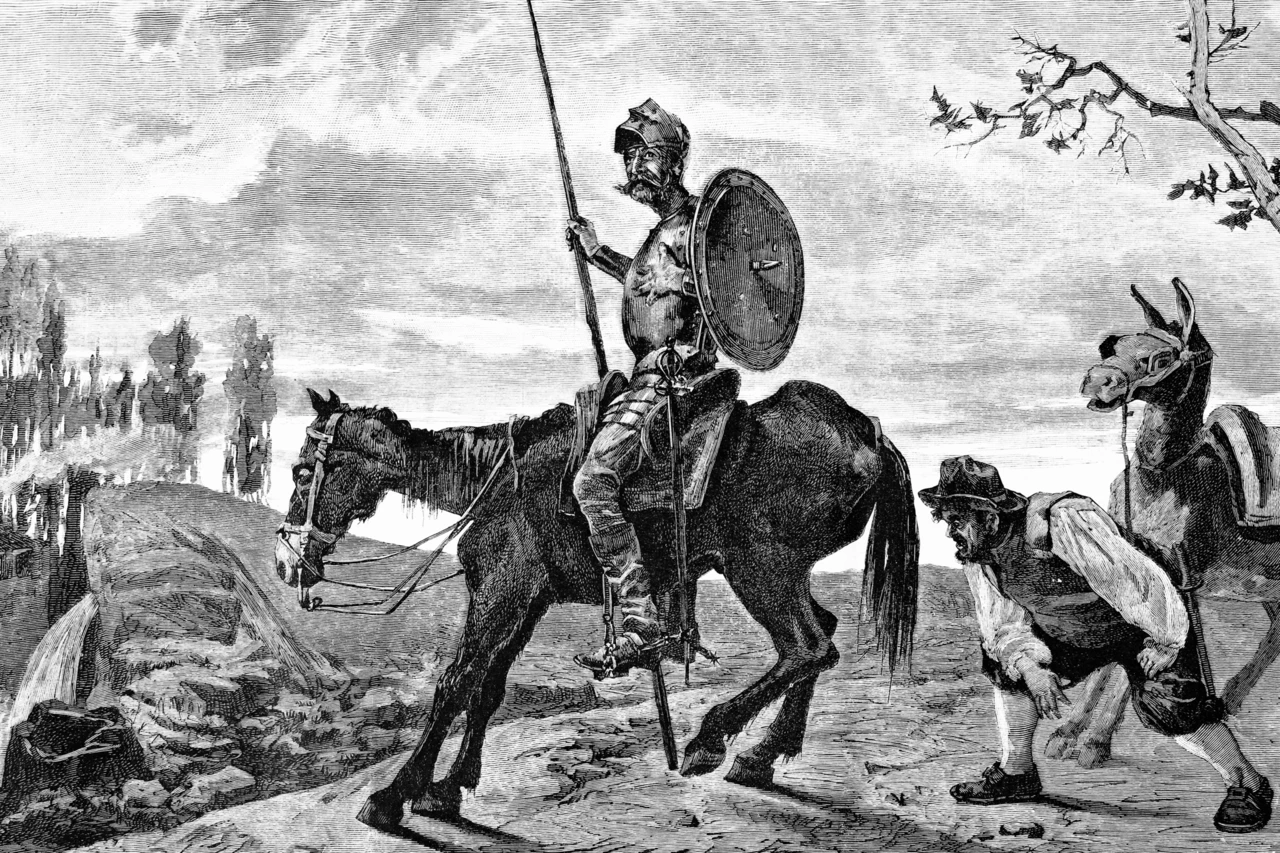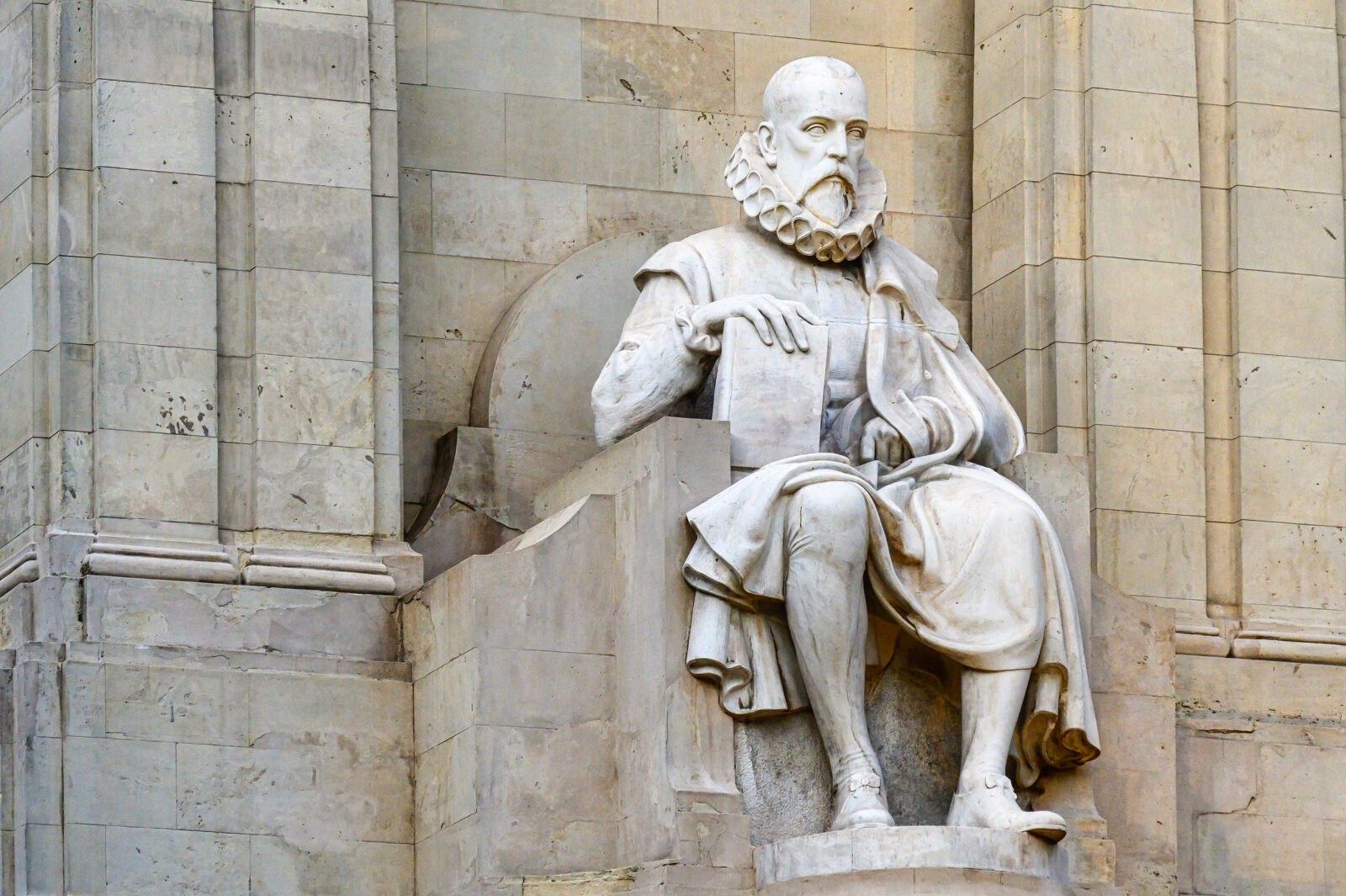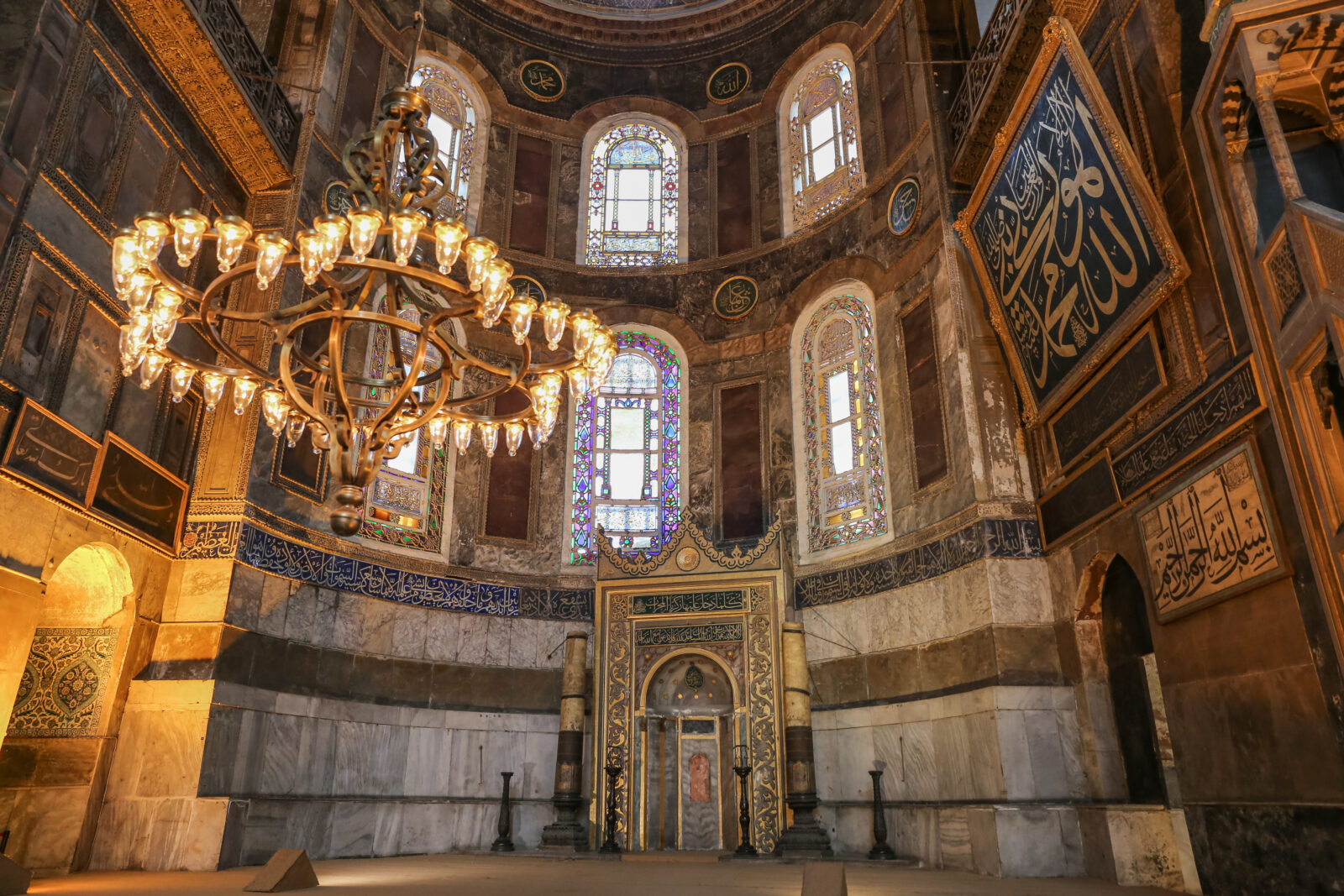New documentary explores ‘Don Quixote’ author Cervantes’ Ottoman fascination
 Antique illustration of Don Quixote, the adventure of the fullers from 1882. (Adobe Stock Photo)
Antique illustration of Don Quixote, the adventure of the fullers from 1882. (Adobe Stock Photo)
A new documentary titled “Esaretten Dogan Sovalyye: Don Kisot” (The Knight Born from Captivity: Don Quixote) delves into the impact of Miguel de Cervantes’ years in Ottoman captivity on his literary work.
Directed by Mehmet Gun and produced by Nesrin Karavar, the film captures Cervantes’ complex relationship with the Ottoman Empire, focusing on the lasting influence of his experiences as a prisoner.
Spanish literary historian Isabel Soler, who advised on the project, shared her expertise during a recent preview in Türkiye.

Did Cervantes ever set foot in Istanbul? Historian Dr. Isabel Soler examines the mystery
Addressing one of the most debated aspects of Cervantes’ biography, Soler discussed whether the famed author ever visited Istanbul. Cervantes, known for “Don Quixote”, spent five years in Algiers after being captured by Ottoman forces in 1575.
Although he vividly described Istanbul in his writings, Soler stated, “As a literary historian, I cannot say that Cervantes visited Istanbul. There is no official document to support such a claim.”
She acknowledged, however, that his works suggest a clear familiarity with the city, likely inspired by tales he heard during his captivity from sailors and fellow captives.

Captivity that changed Cervantes’ perspective on Ottoman world
Soler highlighted how Cervantes’ time as a prisoner transformed his views. “At first, Cervantes saw the Ottomans as adversaries, which was common in Catholic Spain,” she said. But his experience in Algiers led him to appreciate the cultural diversity of the Ottoman Empire.
“He saw an empire that embraced different cultures and traditions,” she added, explaining that these impressions stayed with him and influenced his writing. His admiration for the Ottomans did not alter his Catholic identity, but it enriched his understanding of the East and led him to portray it with newfound respect in his works.

Istanbul as an enigmatic city in Cervantes’ writings
Istanbul, a city full of intrigue for Europeans in Cervantes’ era, had a significant cultural presence in his works. Soler remarked, “For Cervantes, Istanbul was a legendary city with a mysterious allure.”
His portrayal of Ottoman life in works like “The Great Sultana” reflects both respect and fascination, even as academic debate continues on whether he truly visited Istanbul or drew only from second-hand accounts.

The documentary “Esaretten Dogan Sovalyye: Don Kisot” (The Knight Born from Captivity: Don Quixote), set for release in the coming months, offers audiences an in-depth exploration of Cervantes’ ties to the Ottoman Empire and the profound impact of his captivity on his literary career.



